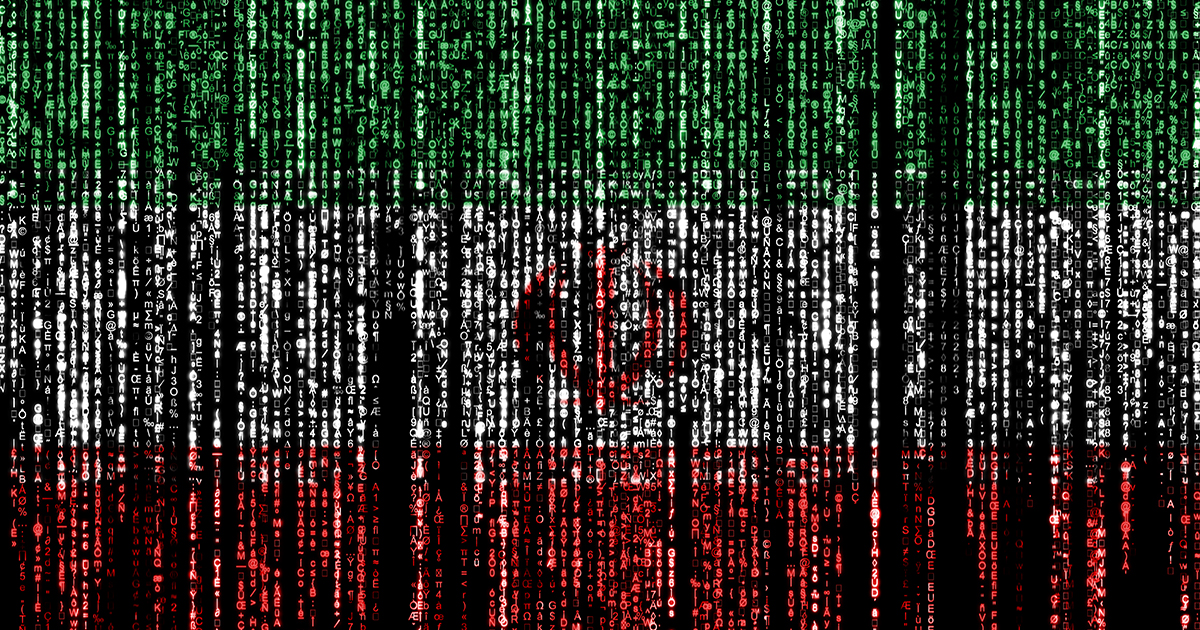
2021-11-17 09:00:00 Author: www.trustwave.com(查看原文) 阅读量:26 收藏
Iranian government-sponsored advanced persistent threat (APT) actors are exploiting known Microsoft and Fortinet vulnerabilities to attack targets with ransomware in the transportation, healthcare and public health sectors, according to an alert issued on Nov. 17 by the Cybersecurity and Infrastructure Security Agency (CISA).
CISA has observed the APT group exploiting Fortinet vulnerabilities CVE-2018-13379, CVE-2020-12812 and CVE-2019-5591 since at least March 2021. The attackers have been exploiting Microsoft Exchange ProxyShell vulnerability CVE-2021-34473 to gain initial access to systems in advance of follow-on operations, which includes deploying ransomware, since at least October 2021. The Australian Cyber Security Centre (ACSC) is also aware this APT group has used the same Microsoft Exchange vulnerability in Australia, according to CISA.
The FBI, the Australian Cyber Security Centre (ACSC), and the United Kingdom’s National Cyber Security Centre (NCSC) have also issued alerts.
Trustwave customers are patched and protected from the vulnerabilities above indicated by CISA.
The Difference Between Effective Ransomware Defense and Becoming a Victim
The key differentiator between companies that succeed at ransomware response and those that struggle is the speed of detection and speed of response. Organizations that partner with managed security service providers can ensure there are always eyes on the environment – as adversaries can attack any system at any time of day.
It’s also important that organizations have an incident response retainer. We’ve seen organizations that recognize that they have been attacked but switch to different partner organizations that can help respond to the attack. Meanwhile, during this delay the attacker gains more and more information and sensitive data from the network.
Avoid These Two Critical Security Oversights
The majority of ransomware incidents we respond to occur because of two things. The first is that the patching cadence within the organization is weak or slow, and ransomware can execute on vulnerable systems where patches have been available to close the vulnerability. Reviewing patching procedures for all systems (particularly those with Internet access) to ensure the major vulnerabilities are mitigated in a timely manner is very effective against ransomware.
The second is we find companies spend a lot of money on advanced endpoint protection solutions, but they end up not deploying those tools on all systems. We’ve seen many ransomware infections where the unprotected systems were overlooked end up being the source of infection in the organization. So, ensuring that all endpoints are covered is paramount.
Given the prevalence and severity of ransomware infections, it is worthwhile for companies to create a “Ransomware Protection Plan.” You can think of this as a subset of an incident response plan. However, these plans include steps on preventing and detecting ransomware, along with how the organization should respond in case of an attack. Other points to include in the plan are the company’s stance on ransom payment, when should external response resources be leveraged, and are there better solutions available to prevent ransomware from taking hold in the environment?
Learn more about Trustwave’s ransomware preparedness and detection services.
如有侵权请联系:admin#unsafe.sh